Nation's botanical treasures to go on display
- Published
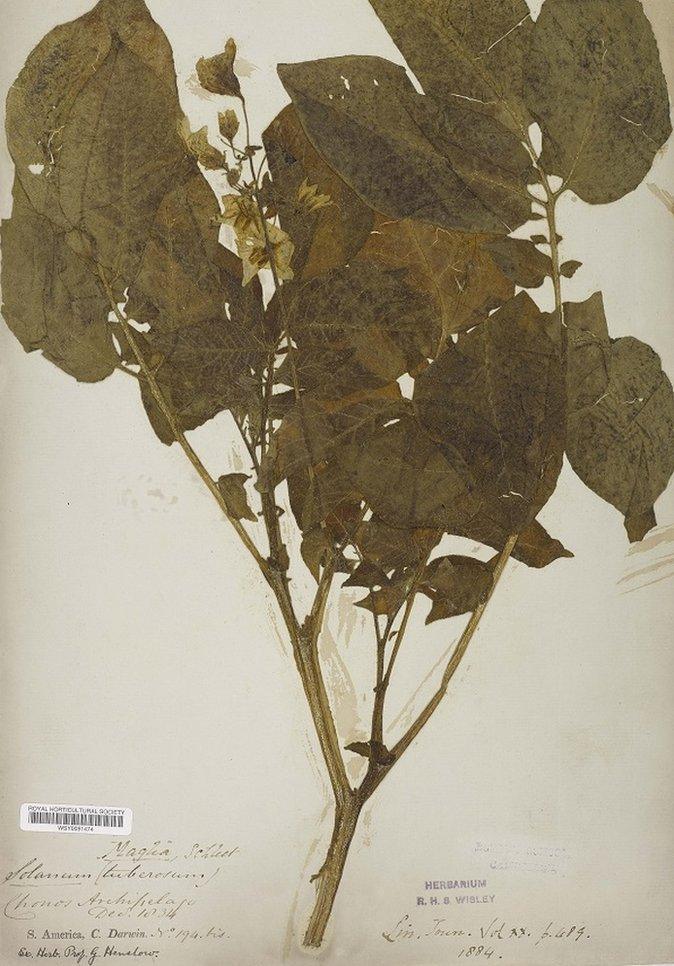
A Chilean potato plant brought back by Charles Darwin in 1835
A potato plant collected by Charles Darwin during his voyage on the Beagle is among botanical treasures to go on display to the public for the first time.
The specimen was re-discovered in a cabinet in the herbarium of the Royal Horticultural Society five years ago.
The famous naturalist came across the plant on an island off Chile in 1835.
"It's part of the history of science," says Tivvy Harvey, keeper of the herbarium.
"It was part of the voyage and the voyage led to the theory of evolution."

A catalogue of seeds from 1898
The RHS has amassed a large collection of treasures, from rare plant specimens to old books and plant catalogues.
More than one million nationally important science and heritage items will go on display to the public both online and at a new centre at RHS Wisley in Surrey.
"They have a long history but they've been kept in a drawer in the dark and the public hasn't seen them," says Fiona Davison, Head of Libraries and Exhibitions at the RHS.
The man who saved the daffodil
Hundreds of years of scientific inquiry and endeavour have gone into the plants that we grow today.
There are many unsung heroes, from the explorers who collected specimens in far-flung corners of the globe, to the botanists who worked out how to tend new generations of plants.
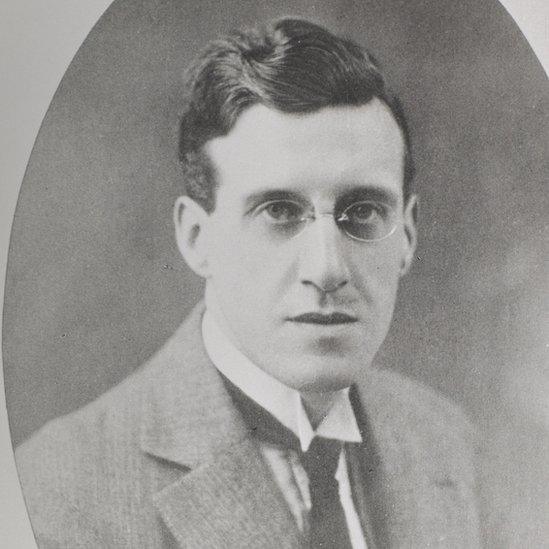
James Kirkham Ramsbottom
Daffodils are a mainstay of many gardens, but few people know that they were almost wiped out by a mystery disease about a hundred years ago.
The RHS was asked to investigate the problem in 1916, and James Kirkham Ramsbottom, who studied at Wisley, stepped in.
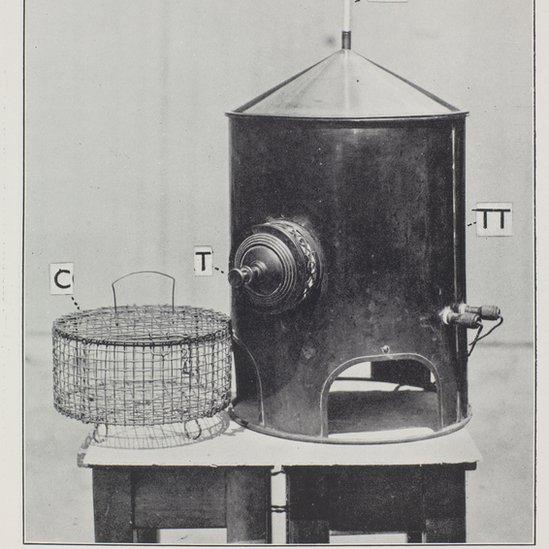
The copper boiler used for experiments
He worked out that heating the bulbs for four hours at 43 degrees C would destroy the tiny worm that was causing the bulbs to rot.
As a result of his work thousands of narcissus varieties could be sterilised and saved, ensuring the survival of daffodils today.
"We wouldn't have the richness of daffodils and narcissus if it wasn't for him," says Fiona Davison. "He's completely forgotten now."
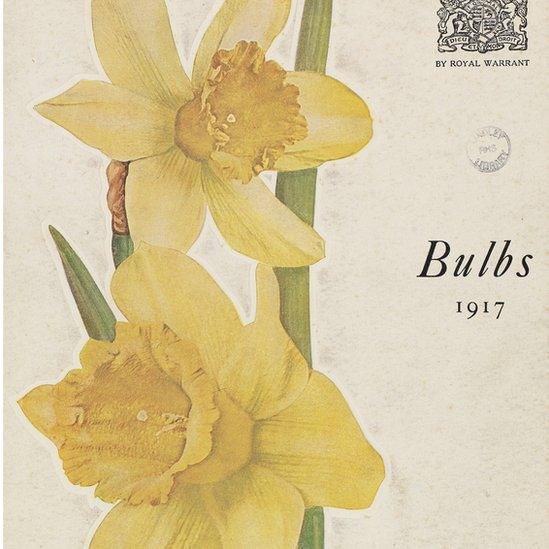
Nursery catalogue from 1917
A lavender from 300 years ago
The oldest specimen in the herbarium is a lavender (Lavandula x intermedia) collected in 1731.
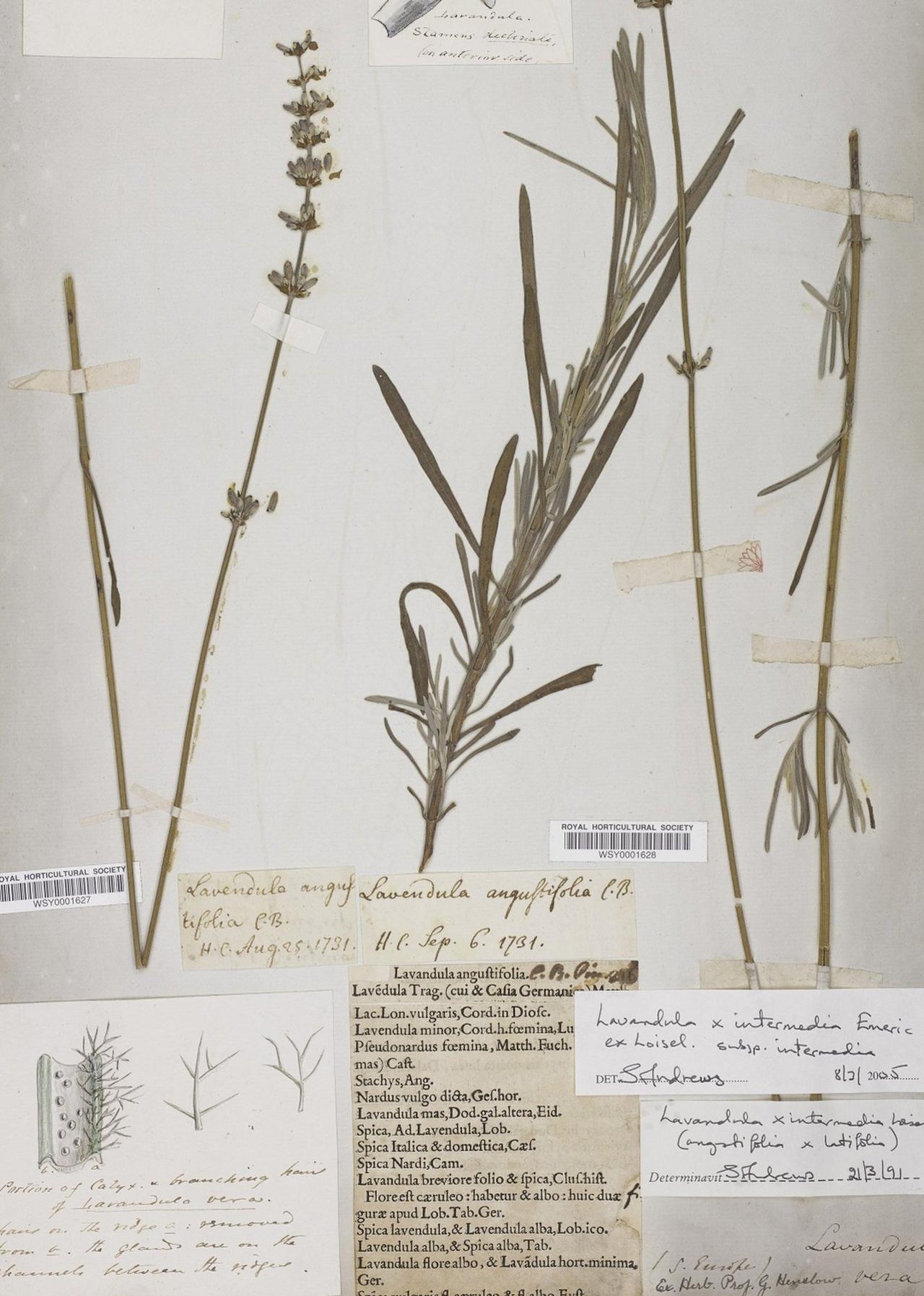
A lavender dating back to 1731
It was donated by Rev George Henslow, RHS Professor of Botany between 1880 and 1918, along with the rest of his herbarium.
"It's a very early example of a cultivated lavender," says Tivvy Harvey.
A flower for a French Emperor
Louis-Napoleon Bonaparte was the only child of Emperor Napoleon III. He was killed in 1879 at the start of the Zulu War.
A specimen of Pelargonium taken from the ground at the spot where he died is a part of the collections held by the RHS.
His mother, Empress consort, Eugenie de Montijo, spent a night's vigil there a year after his death.
The species is yet to be determined.
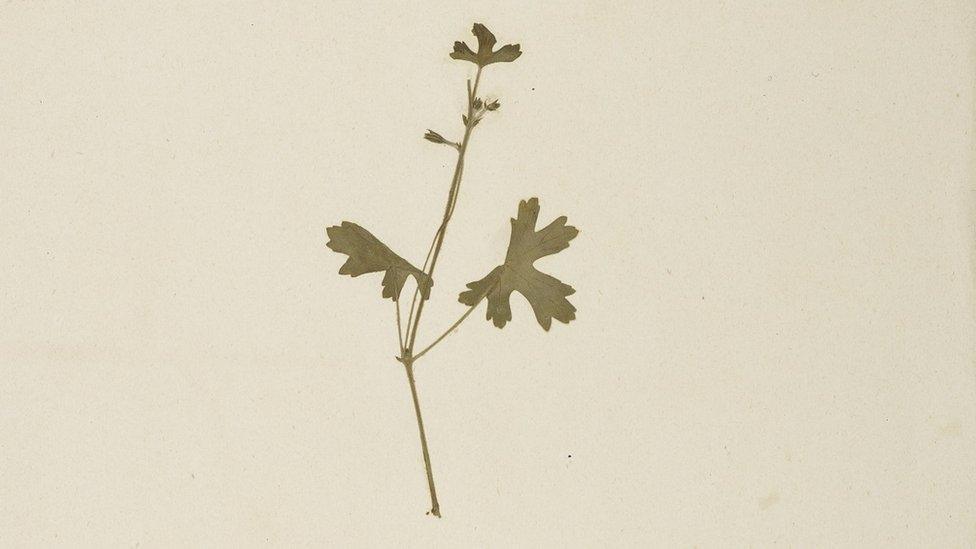
The Pelargonium
"For educational purposes, this is a part of history," says Tivvy Harvey. "Even though we're 140 years on, we still haven't got an ID for it."
The RHS has been awarded a £4m grant from the National Lottery, which will create the world's first National Centre for Horticultural Science and Learning at RHS Wisley (opening in 2020) and also restore the laboratory.
Follow Helen on Twitter, external.